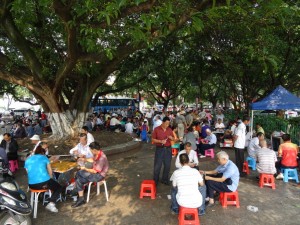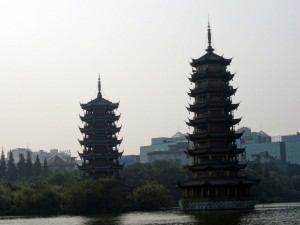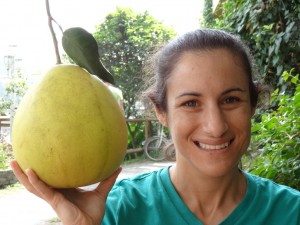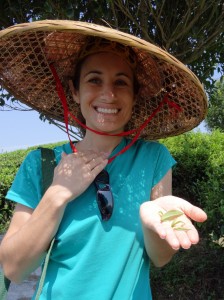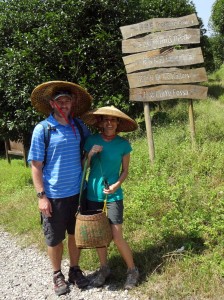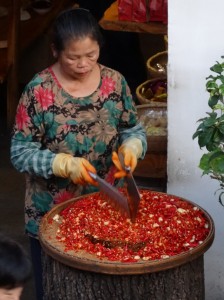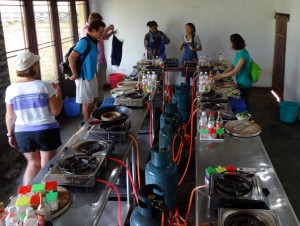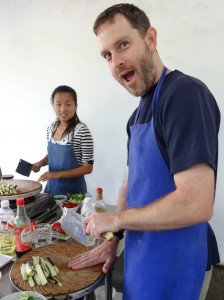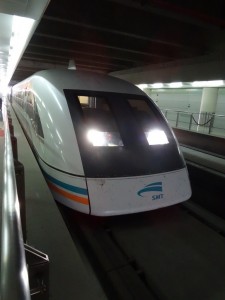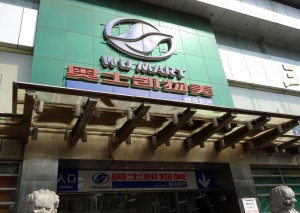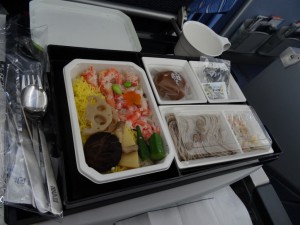After 18 days in China, we were ready to move on. We navigated our way through the Shenzhen subway system to the border crossing into Hong Kong. Nicole went through without a problem. I on the other hand received the attention of a second level of security. They had me stand in place for 2 minutes while they looked down at my passport, then at my face, then down at my passport, then at my face. The 18-day beard I was sporting almost got me detained in China. I’m hoping it was merely that the facial hair made me look a little different, and NOT that the “blonde” hair in my beard made me look much older than my passport claims. Whatever the reason, they eventually decided I was not a threat and that I could leave their country.
After another train to a metro, we arrived at our hostel in the Chunking Mansions building of Kowloon. Before arriving, and after reading the wikipedia article about this place, I was a bit apprehensive (that word reminds me of middle school orientation?) and thinking we’d need to change our accommodations. It turned out to be a very cool experience! This was the most diverse environment I had ever been in. A microcosm of Middle East and African people, cultures, and foods — along with all the apple iPhone products you’d ever want to buy.
We headed to block C, 5th floor for our checkin and found a door in a tight hall, flanked by other private residences and a stuffy elevator waiting area, with no one home and this sign:
After calling and waiting for 20 minutes, we finally got our room assignment. We headed back down out of block C and over to block B, 5th floor, Section B1, room 3. In many ways, this truly did feel like an old worn down prison. The room is sure to hold the title of “coziest room we’ve slept in” on the trip (“coziest ‘place’ we’ve slept in” were the bunks on Mt. Fuji). I could touch opposing walls with my arms…estimating it to be about 6′ x 10′. Just us and the ants. The cockroach poison seemed to be doing its thing. Other than that, it was new and very clean, and for 2 nights, we could live with it.
That afternoon and evening, we ventured out for some very hazy skyline pictures, a ferry ride across the harbor, a ride up the Mid-levels escalators (worlds longest covered outdoor escalator system), and some Thai food in the hip SOHO district.
Nicole with the World Financial Center #2 growing out of her head:
 Nicole about to board the mid-levels escalator:
Nicole about to board the mid-levels escalator: Nicole about to enjoy her mojito, and my beer at dinner:
Nicole about to enjoy her mojito, and my beer at dinner:







